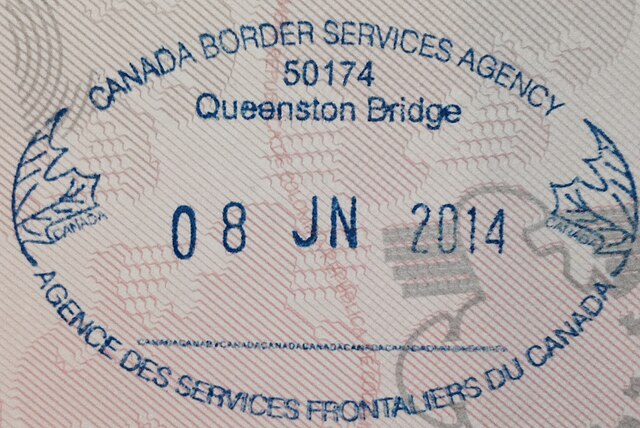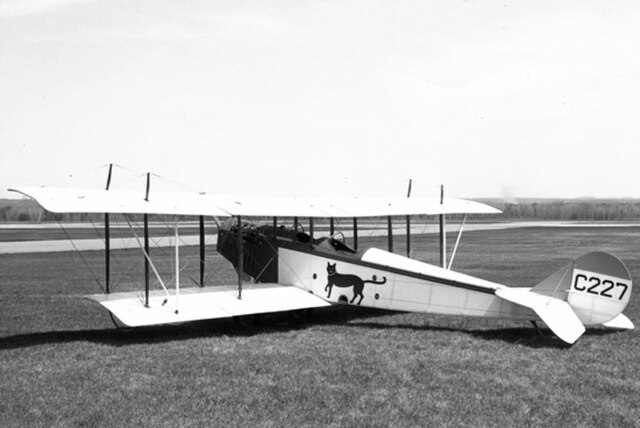The Mid-Atlantic accent, or Transatlantic accent, is a consciously learned accent of English, fashionably used by the American upper class and entertainment industry of the late 19th century to mid-20th century, that blended elements from both American and British English. Specifically, it blended features from both prestigious coastal Northeastern American English and from Received Pronunciation, the standard speech of England. The accent was embraced in private independent American preparatory schools, especially by members of the Northeastern upper class, as well as in schools for film, radio, and stage acting, with its overall use sharply declining after the Second World War. The Mid-Atlantic accent is not a native or regional accent; rather, according to voice and drama professor Dudley Knight, "its earliest advocates bragged that its chief quality was that no Americans actually spoke it unless educated to do so".

F1/F2 values of Franklin D. Roosevelt's Mid-Atlantic vowels in hertz according to Urban (2021).
Canadian English encompasses the varieties of English used in Canada. According to the 2016 census, English was the first language of 19.4 million Canadians or 58.1% of the total population; the remainder spoke French (20.8%) or other languages (21.1%). In the Canadian province of Quebec, only 7.5% of the population are anglophone, as most of Quebec's residents are native speakers of Quebec French.
Canadian passport stamp from Queenston Bridge, showing the date 8 June 2014
A Canadian-built Curtiss JN-4C "Canuck" training biplane of 1918, with a differing vertical tail to the original US version



